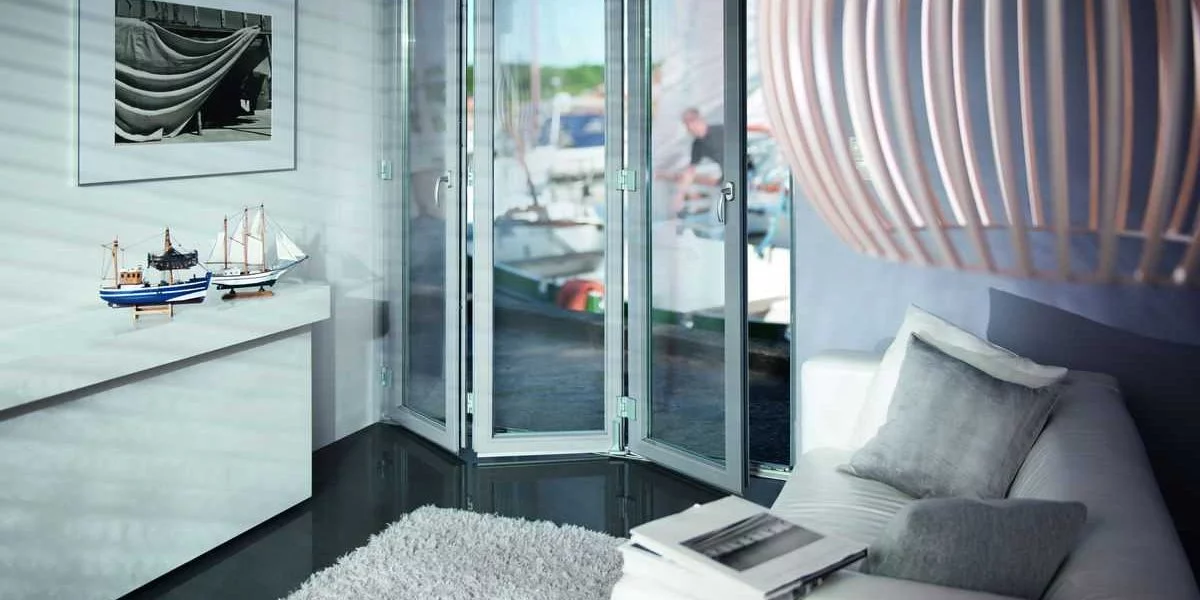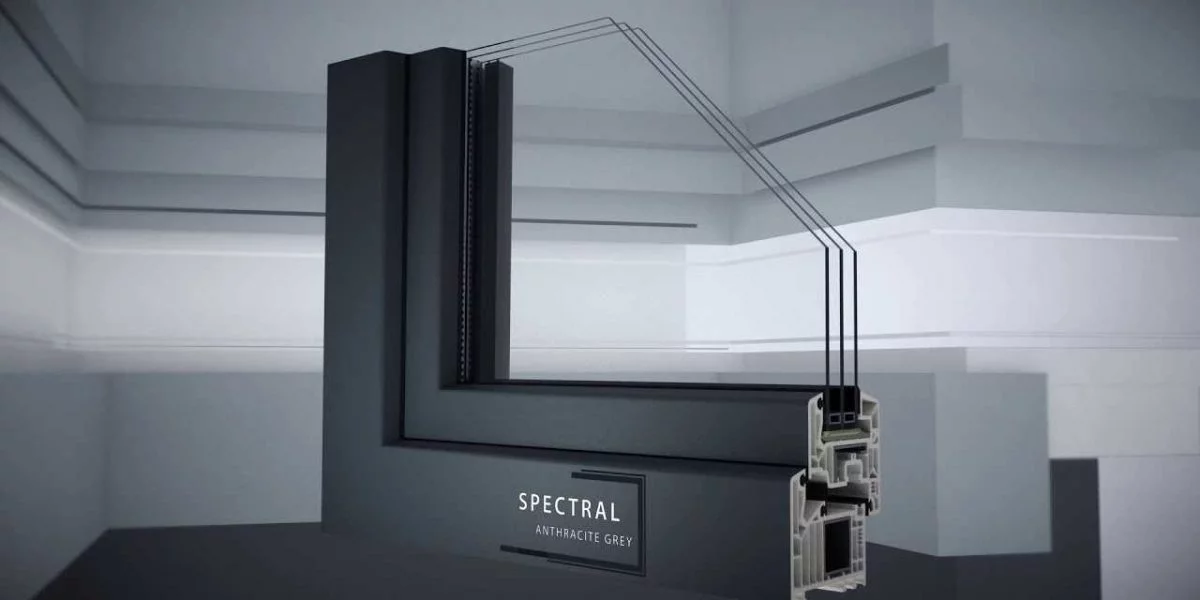Window flanges are a relic of time before high-performance tape existed (asphalt products are not considered high-performance). The flange was back-caulked, and various water-resistant layers were splined and/or lapped to keep water away from the area. When installed correctly, this can work to shed water, even in coastal applications. However, there are EASIER, FASTER, and more COST-EFFICIENT ways of installing windows, particularly with European-style windows.
European windows were never designed to have a nail flange, so why add one? It is an outdated solution to a misunderstood problem. Here is a basic list of reasons why we think you should avoid flanges on European windows:
• Decreased thermal efficiency — this can be particularly bad if the flange is aluminum
• Increased install time and cost
• Decreased installation position options
• Increased overall cost of the unit
• Increased install complexity and building integration
• Decreased options for exterior trim.
Here are the reasons why we believe flangeless windows are here to stay, and why they will continue to take over new-construction window sales.
Using flangeless windows:
• Simplifies envelope detailing and execution
• Creates options to supplement frame with additional insulation
• Offers many options for install position depths without extra exterior framing or goofy details
• Completely removes caulking
• Saves labor time, and we all know why this is important
• Pens more possibilities for exterior trim details
• Has a proven track record of success in Europe
Switching to flangeless windows is not without challenges. This is why it is important to use a company that supports architects in detailing, and also trains installers to execute optimal, robust results.



